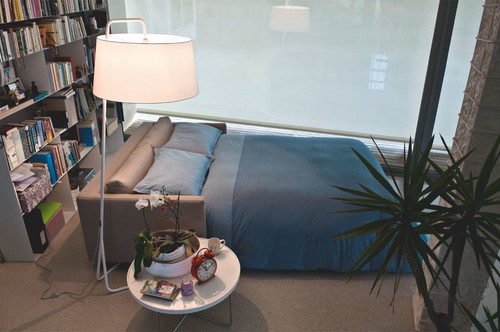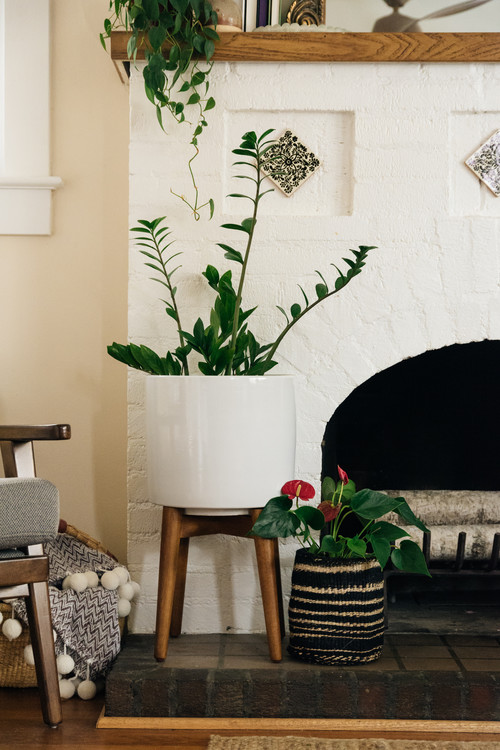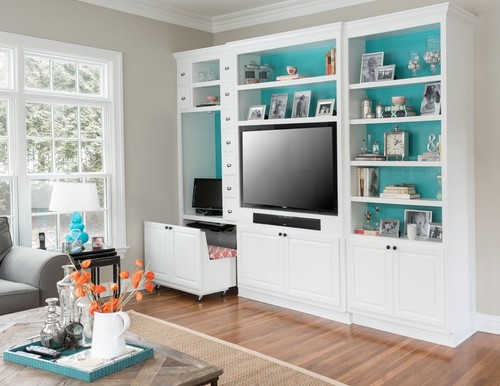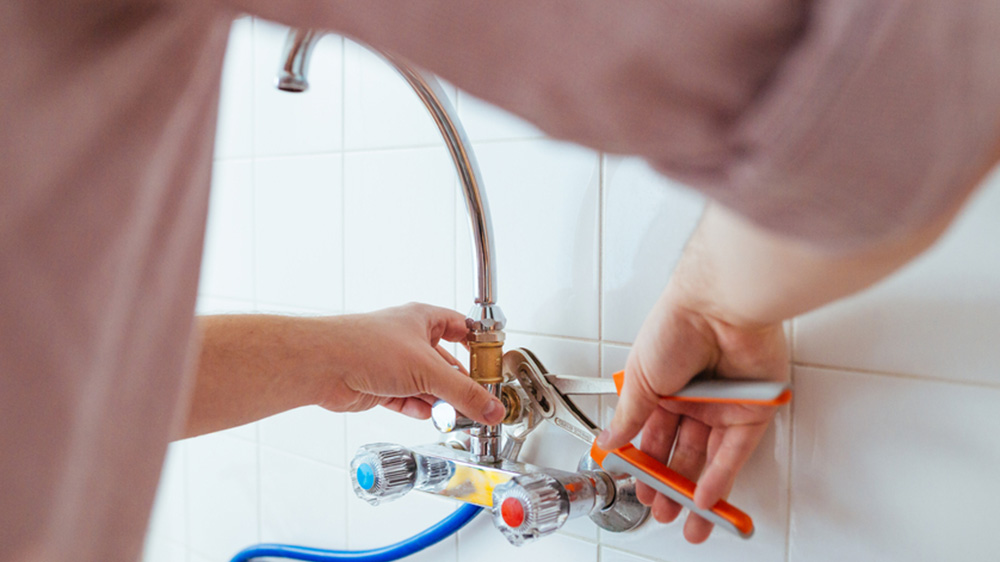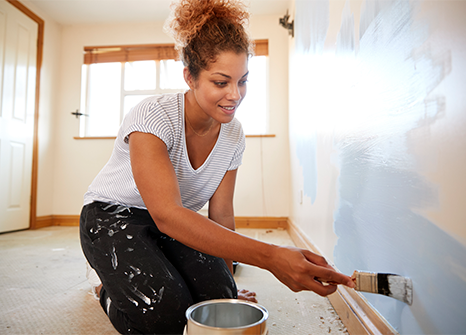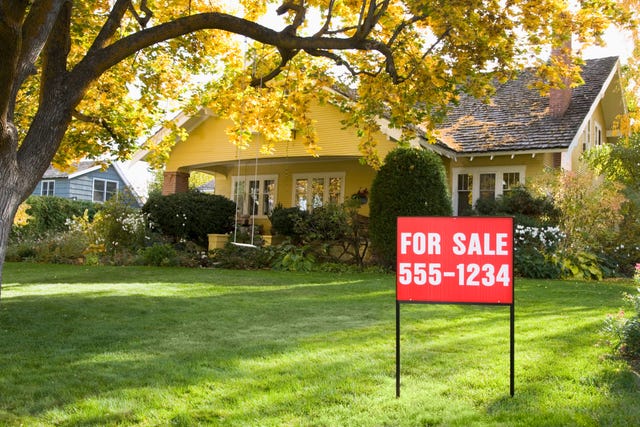By MAURA BAIN
original article: https://www.pilotonline.com/life/real-estate/vp-hl-maura-bain-spring-cleaning-032021-20210319-mmnpvcol5jhipeo2oedgykmlda-story.html

Now that Hampton Roads has finished a long spell of rainy weather, it’s the perfect time to make your home shine for spring’s start. And, yes, also for the warmer-weather housing market should you plan to sell.
Seasonal cleaning is a must. You’ll want to give your home its “best-foot-forward” appearance to attract the perfect buyer — or just to enjoy your dwelling if you don’t plan to sell right now. Focus on the areas and spaces often overlooked to bring new life and energy to your home (and, if you’re selling, to make it market ready).
Let’s go room by room.
Kitchen
The most popular room in the house. Our kitchens see a lot of daily use and household traffic from first thing in the morning at the coffee pot all the way to the midnight snack. While you may be regularly wiping down your counters or sweeping your floors, take this time to focus on those areas that have likely been overlooked.
• Cabinets: Wipe down fronts, handles and knobs.
• Fridge: Clean the shelves and drawers inside, wipe down the top, and vacuum underneath. If your fridge has a water dispenser, now is a great time to check the filter and replace it if needed.
• Oven: Clean the inside, wipe down the cook top, and vacuum underneath. Also clean the range hood (if you have one), and kitchen exhaust fan.
• Microwave: Wipe out the inside and wash your turntable by hand or in the dishwasher.
• Dishwasher: Wipe down the outside, clean out the filter, and run a cycle of white vinegar or other cleaner to clean the inside.
• Drawers: Wipe out drawers. They can get quite dirty over time.
• Coffee maker: Now is the perfect time to run that cleaning cycle or descale your brewer.
• Walls: The walls behind your oven, cook top, and prep areas can get dirty and greasy. Use a mild cleaner to wipe them down.
• Trash can drawer. Clean not only the trash and recycling bins but also the drawer itself. Vacuum and wipe it down.
As you clean, it’s a great time to go through your kitchen and declutter. If you have items you haven’t used in months (or even years) and are willing to part with them, donate!
For showings, the best thing to do for the items you use in the kitchen daily is to place them in a tray or small bin that you can tuck away once you have finished using them. It is super easy to pull the bin out and have it ready to go the next morning.
___
Living space
Living spaces, just like kitchens, get a lot of household traffic. You may vacuum on the regular, so use this time to go after those elusive tasks that get forgotten. When your home is on the market give the carpet/flooring a once-over every morning.
• Blankets and pillows: Wash all throw blankets and, if you can remove throw pillow covers, wash those as well. If you do not have many pillows on the couch, this is a good time to purchase a few to get it ready for the photo shoot.
• Sofa: If you can, vacuum under the cushions. With all the Netflix you probably have a good amount of popcorn hanging out there. Some sofa cushions have removable covers. If you can remove them, wash them. If you have leather, wipe down the leather. Vacuum under the sofa, loveseats, chairs, etc.
• Carpet/floor: Living spaces are like a superhighway; cleaning the carpet or floor is a great idea and can help bring new life into your rooms.
• Windows: Clean the frame, sill and glass. Let the sunlight in! That will also brighten up the pictures for the photo shoot, as well as give the buyers a great clean look as soon as they enter your house.
___
Bedroom/bathroom
When it comes to your bedroom, you might put your clothes away regularly, but when was the last time you vacuumed under your bed? Dedicate time this spring to a deep dive on cleaning your bedroom and bathroom. Don’t forget about your closet; this is also a good time to find those clothes and shoes you haven’t worn in ages and donate them.
If you’re selling your home, thin out your closet to one-third of the normal amount of clothes you have in it. Pack the extra clothes away for moving day. Also:
• Bed: Wash your bed linens and freshen up your mattress with baking soda (let it sit on the bare mattress for at least 10 minutes, then vacuum it up). It is also a good time to flip or rotate your mattress to lengthen its life. If you do not have time for all of that, at least fluff the pillows or buy new pillows to get it ready for the photo shoot.
• Vacuum everywhere … under your bed, in your closet and underneath any furniture.
• Dresser: Thin out the clothes that you no longer use, and donate them. Pack them away as well even though buyers will not be opening your dresser drawers.
• Bathroom: If you have a shower curtain, wash it! Shower curtain liners can be washed — just throw it in your washing machine with some bleach. Don’t forget your bathmat; most can be put in the washing machine as well. I recommend these be taken up for the photo shoot and for showings. It makes the space look cleaner and bigger.
Some other often-forgotten areas in your bathroom are behind the toilet, the shower head, the bathroom vent fan, inside drawers that hold hair supplies and/or makeup items, and shelving where dust accumulates. The quickest way to a clean look is starting with the mirror. You may feel quite accomplished with your dental hygiene, but your mirror bears the brunt of that.
For showings, as in the kitchen the best thing to do for the items you use daily is to place them in a tray or small bin that you can tuck away in the vanity cabinet once you have finished using them. It is super easy to pull the bin out and have it ready to go the next morning. Do this for your make-up, shaving supplies, and even toothpaste and toothbrush.
___
General areas
Almost every item in your home can collect dust. Grab a duster and go to town on your TV, bookshelves, media stand, fireplace, lamps and light bulbs, picture frames, fake plants, general decor, window ledges, door frames, baseboards, and anything else you can find that has a surface. Don’t forget furniture like a dining room table and chairs — dust can get everywhere!
Other items in your home that can easily be forgotten: doorknobs, window tracks, ceiling fan blades, garbage cans and recycling bins, and pet bowl areas. During a deep clean, it’s also a good time to check that your smoke alarms and carbon monoxide detectors are working, and clean or replace your HVAC filter.
Even with new construction (or should I say, especially new construction?), HVAC filters get dirty quickly, and if you have pets, that accumulates even faster. Replace those; that adds years of service to your HVAC unit over time. Contact an HVAC service provider to clean the outdoor compressor unit so that it works as efficiently as possible and passes the home inspection.
The spring selling market is a great time to harness the new energy of the season and bring it into your house. Arm yourself with a caddy of supplies and get ready to clean, or contact a good cleaning service. Not only will your home look better, but it will also photograph better and attract more buyers. There are plenty of safe and nice-smelling cleaning products that will add a touch of aromatherapy as well as cleanliness. Getting your home ready to sell will take some work, but the results will be worth your efforts.

